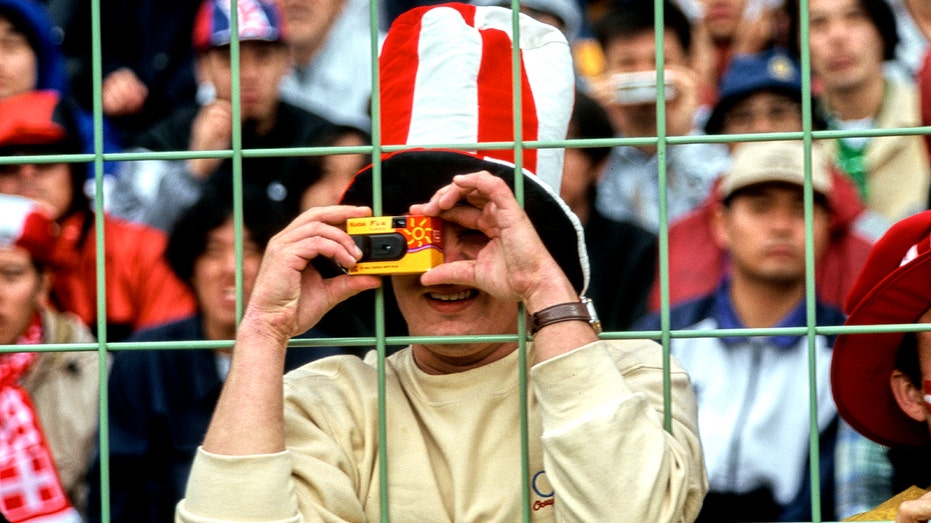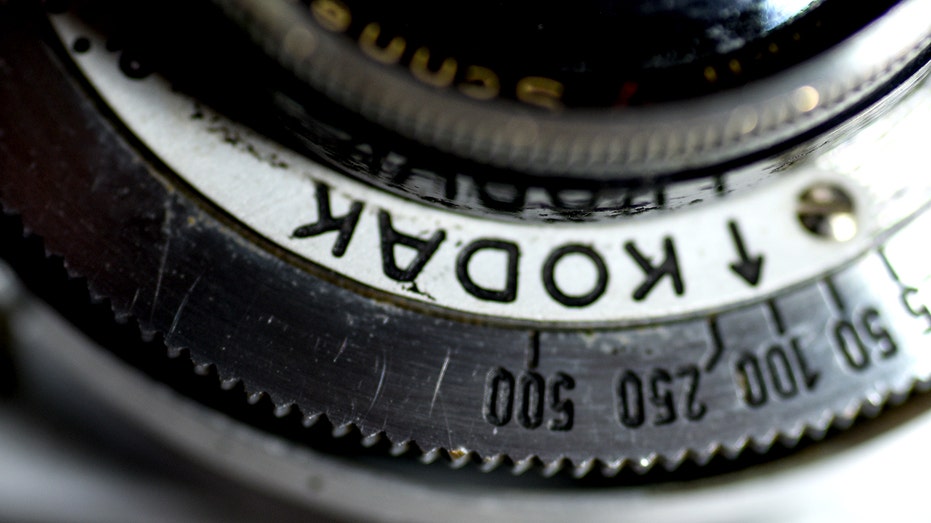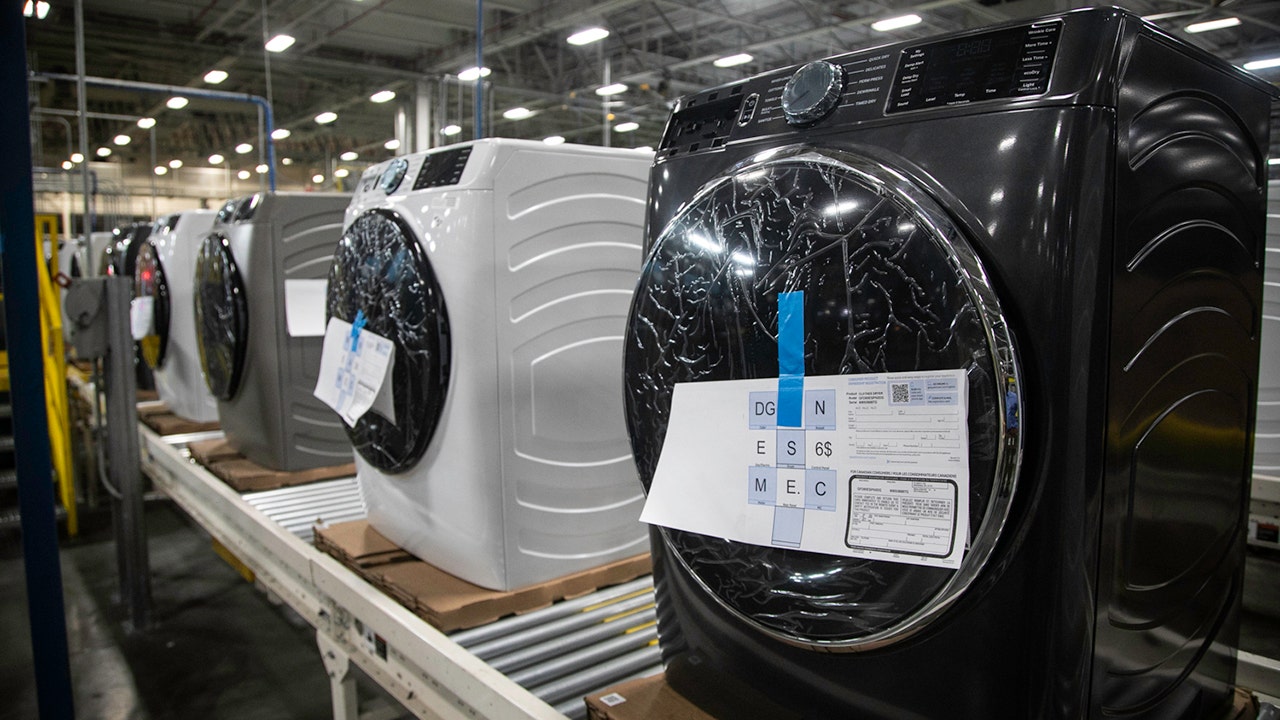Kodak, once a titan in the film era, now risks fading into history as it faces the possibility of shutting down operations for good.
The company experienced years of decline after failing to capitalize on the technology that it was credited with inventing, eventually leading the company down a path to financial peril. While the company announced in a Securities and Exchange Commission (SEC) filing on Monday that there was “substantial doubt” about the company’s ability to stay in business, a spokesperson for Kodak asserted that it’s confident in its ability to remain operational.
The spokesperson told FOX Business in a statement that the “going concern” language was required in the disclosure because its debt comes due within 12 months of the filing but that the company is confident it will be able to pay off a significant portion of its term loan well before it becomes due, and amend, extend or refinance our remaining debt and/or preferred stock obligations.
KODAK SAYS THERE’S ‘SUBSTANTIAL DOUBT’ IT CAN STAY IN BUSINESS
George Eastman, a young hobbyist photographer and school dropout, founded Kodak in the late 1880s after he invented a dry plate formula and patented a machine for preparing large numbers of plates. These plates allowed for easier and more portable photography in the late 19th century.
Eastman’s success attracted businessman Henry A. Strong. Strong invested in the company, leading to the formation of the Eastman Dry Plate Company in 1881. Eastman quit his full-time gig and began focusing solely on how to simplify photography through innovation, which led to pivotal creations for the industry, such as patenting the first roll film in 1884, followed by the introduction of the Kodak camera in 1888.
The camera was credited with revolutionizing photography by making it accessible to the masses. The camera was already preloaded with film for 100 pictures. It could be easily carried and came at a price of $25. After it was used, the whole camera was returned to Rochester where the prints were developed and a new film was inserted for $10, according to Kodak.

In 1900, the Kodak Brownie Camera made photography even more accessible, with the camera selling for $1 and film being 15 cents a roll.
KODAK LANDS $765M US LOAN UNDER DEFENSE PRODUCTION ACT TO BOOST DRUG PRODUCTION
While the company had several name changes, it eventually became the Eastman Kodak Company in 1892, a name it still holds today, though it’s commonly known simply as Kodak.
In 1975, Kodak invented the world’s first digital camera, but it failed to embrace this technology in fear that it would kill its film business. This decision was a catalyst that led the company to the perilous position it is in today.
When digital photography took over, Kodak’s core business collapsed. While it eventually tried to jump into the digital photography game, it struggled to keep up with emerging competitors like Canon, Sony and Nikon, all of which embraced it early on.
“Given that Kodak’s core business was selling film, it is not hard to see why the last few decades proved challenging. Cameras went digital and then disappeared into cellphones. People went from printing pictures to sharing them online,” Scott D. Anthony, a clinical professor at Dartmouth’s Tuck School of Business, wrote in the Harvard Business Review.

Riddled with debt, it filed for bankruptcy in 2012. Between 2012 and 2013, Kodak closed, sold or spun off parts of its consumer imaging portfolio at that time.
To try to save its business, it pivoted from consumer photography to commercial printing and tech.
Today, Kodak’s website notes that it is mainly focused on business solutions, though it still manufactures films and chemicals, and participates in consumer markets through a variety of marketing and partnership agreements. It simultaneously tried to revive its brand through licensing deals and bold experiments, such as collaborating with Forever 21 on a clothing collection, before the clothing chain collapsed, and with Urban Outfitters to sell its products.
Read the full article here











